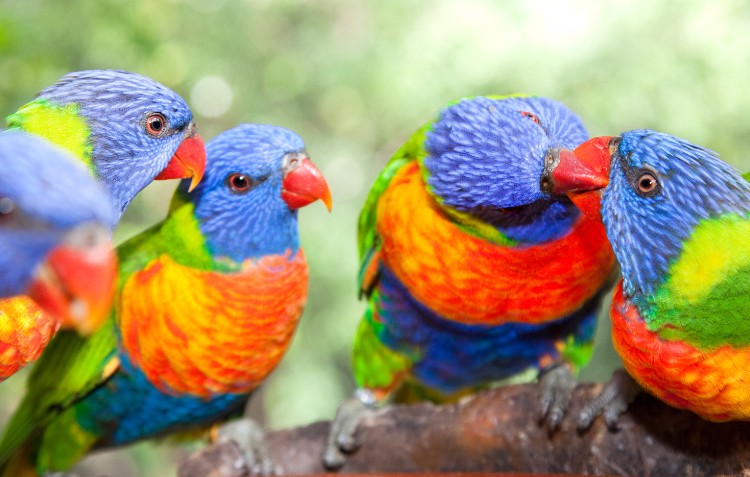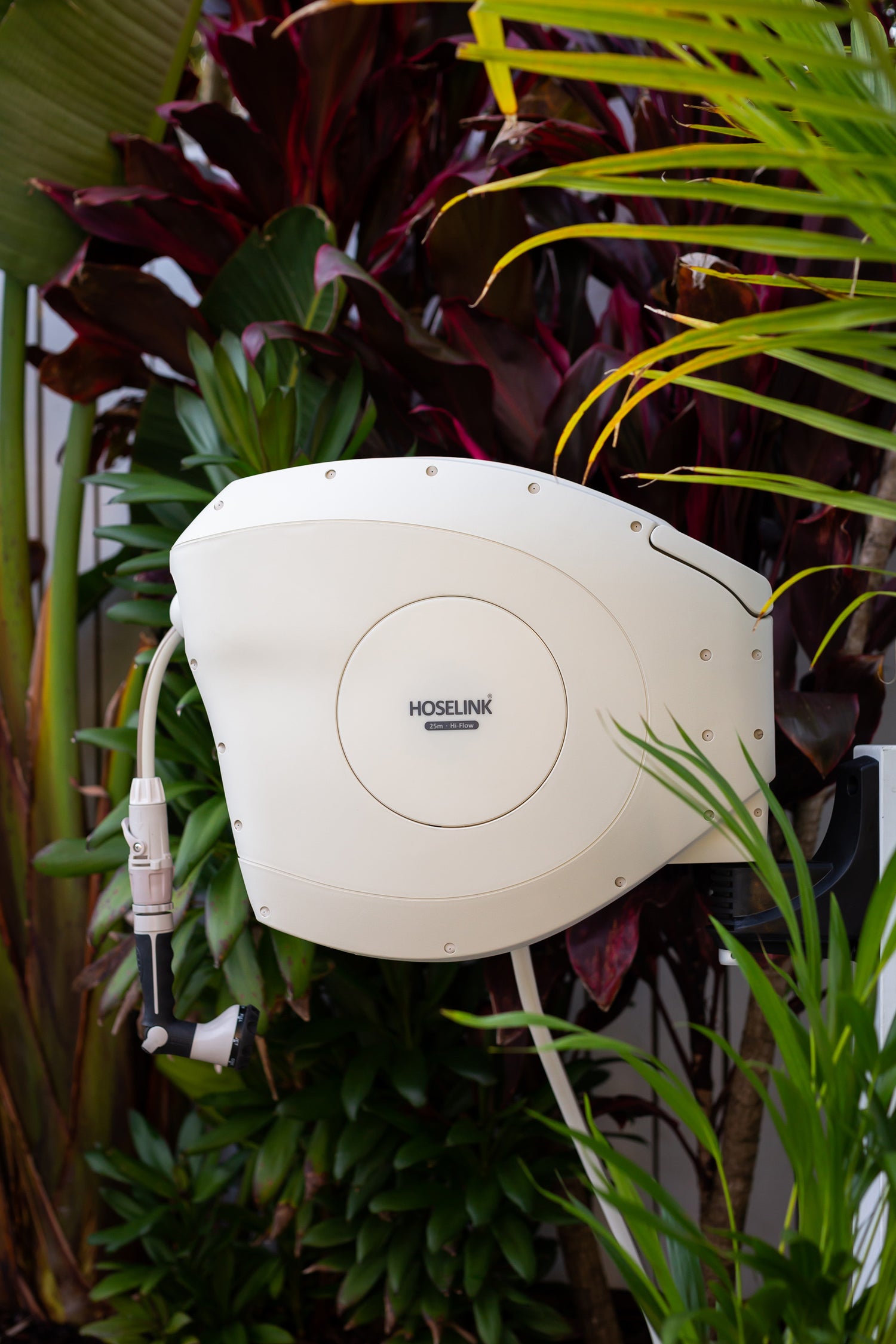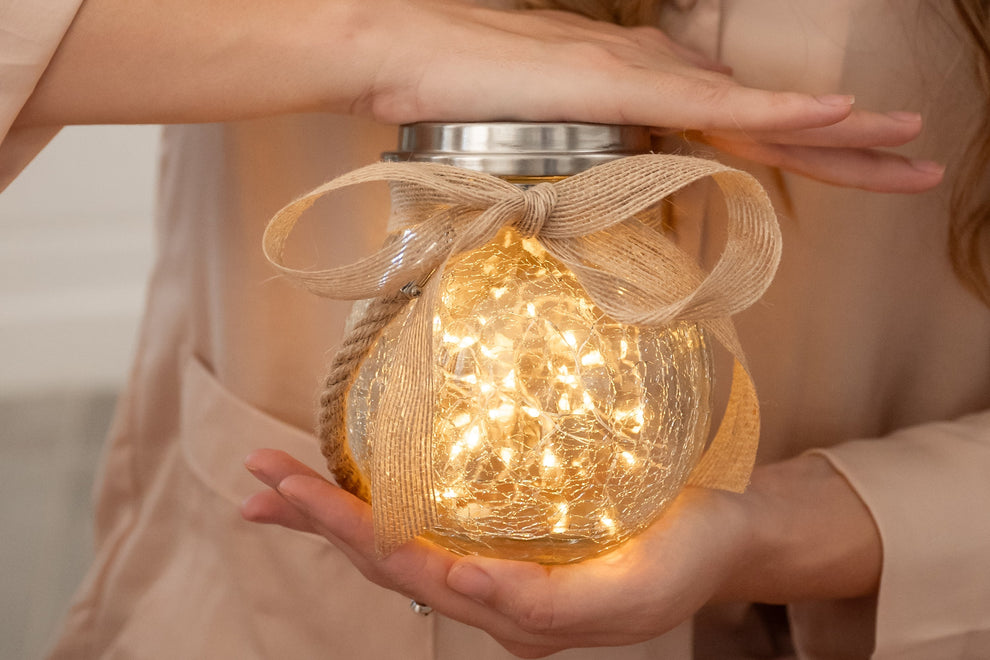Birds add a moment of delight to your garden whenever they pop by. Whether it is their pretty song or their stunning good looks all native birds bring something special to you. They help to keep your garden diverse.
The key to making your garden a bird magnet is to provide three things, water, natural food and shelter. Essentially create their habitat in your garden by choosing native plants that they love.
Water
Water is probably one of the most important things to provide in your bird friendly garden. Whether your bird bath is a grand ornate 10 tier masterpiece or an old bowl, the birds don’t really mind but what they do want is a regular supply of water. They will come to rely on it, so make sure you keep it topped up, especially in hot dry weather. Placing your bird bath near dense shrubs will allow little birds to quickly dive for cover. Birds also favour elevated bird baths.

Food
There are four categories that birds can fall into, the nectar feeders, insect feeders, fruit & seed feeders and the carnivores.
Insect Eaters
Robins, Wrens and Treecreepers like insect hosts such as bursaria, acacia, correa, melaleuca and hardenbergia.
You will find that Insect-eating birds like similar plants to those of nectar feeders, so if you've got nectar-feeding birds, you'll have the insect-eaters too. Talk about two birds, one stone or in this case plant.
Nectar Eaters
Honeyeaters and Lorikeets love xanthorrhoea, mistletoe, correas, grevillea, epacris and eucalypts for their nectar. This is a great two way relationship between bird and flower, the flowers provide a valuable food source and the birds pollinate the flowers as they go.
Fruit & Seed Eaters
Cockatoos, Finches and Pigeons get their seeds from plants and trees such as casuarina, acacia, grevillea and native grasses-poa, sedges.
The fig parrot, whipbird and many rainforest birds love the berries produced by Syzygium ‘Bush Christmas’.
Carnivores
Butcher birds, Kookaburras, Currawongs and Owls need wildlife to eat and the best way to increase wildlife in your garden is to stop using nasty pesticides, herbicides and fungicides. This encourages a natural biology in the garden and welcomes in wildlife such as insects, small lizards, worms and frogs.

Should I feed the birds?
According to http://www.birdlife.org.au
“A constant supply of ‘artificial’ food can be unhealthy for birds. Feeding birds can attract large numbers of one species at the expense of diversity. Seeds in some wild seed mixes are potential weeds. Groups of birds at a feeding station become easy targets for birds of prey, cats and foxes. It is better to create a bird habitat through planting and providing water.”
Shelter
Little birds need security and a place to hide, a thick layer of ferns, tall grasses and shrubs from ground level to two metres is perfect for Robins, Thornbills, Scrubwrens and Fairy-Wrens. They particularly like prickly dense shrubs such as acacia, hakea, sweet bursaria, burgan and leptospermum for shelter.
Other good choices are:
Shrubs:
- Bottlebrushes (Callistemon sp).
- Grevilleas (Grevilleas)
- Correa (Correa)
- Tick bush (Kunzea)
- Net bush (Calothamnus)
Ground Covers:
- Grass trees (Xanthorrhoea australia)
- Kangaroo paw (Anigozanthus flavidus)
- Prostrate wattles (Acacia)
- Grasses (Themeda, Danthonia, Poa)
- Mat-rush (Lomandra longifolia)
Trees
Mature, indigenous trees provide a place for birds to call home and raise their young. Branches and hollows provide great nest sites for a huge variety of native birds. The flowers provide nectar and the insects that can call the tree home, on the leaves, under the bark and around the flowers also provide a valuable natural food source for birds. Magpies, Owls, Tawny Frogmouths and Parrots in particular all like tall trees.

Good choices depending on your location and climate are:
- Wattles (Acacias),
- Casuarinas
- Banksias
- Palms
- Gums (Eucalyptus, Angophora)
- Lilly pilly (Acmena)
- She oak (Allocasuarina)
- Fire wheel tree (Stenocarpus sinuatus)
Top Attractors
Grevilleas are great bird plants. The denser and pricklier the foliage, the better protection it gives birds from predators and it also provides fabulous, safe nesting sites.
- Grevillea ‘Honey Gem’ loved by rainbow lorikeets for the nectar and seeds. They won't turn down the odd insect or two either.
- Grevillea ‘Scarlet Sprite’ is a good smaller-growing variety that offers birds plenty of protection. It flowers in the cooler months, meaning the birds will have a winter feed.
- Grevillea ‘Firesprite’ is a favourite of the scarlet honeyeater.
Kangaroo paws now, with modern breeding, grow just about anywhere, and they attract honeyeaters, red wattle birds and eastern spinebills.
Banksias are an all-rounder. They're nectar-bearing, so they attract the nectar-feeding birds, like wattle birds, but they also carry seeds, bringing in the seed-eaters, such as cockatoos.
Callistemons or bottlebrushes attract a variety of birds, including the insect eating fairy wren.

Top Tips
- It’s good to have plants flowering at different times of the year, you get year-round colour and the birds get year round food and shelter, everyone’s a winner!
- According to the textbooks, native birds are especially attracted to red and yellow flowers, keep that in mind when you're selecting plants.
- “Try using a nesting box as a bird feeder. But don't overdo it - just put enough feed to attract birds, not enough to make them dependent on you. This could upset the ecological balance in your area and that's the opposite of what you're trying to achieve.” - www.abc.net.au
This is definitely not a complete list of every bird attracting plant but it is a great solid base to build your garden on. If you have particular plants in your garden already that the birds love, which we haven’t mentioned here, please do add your comments for others to see.
Happy Bird Watching!
N.B. This article has been written for Australian gardens. If you're reading this from around the world, we do hope you've found it a useful stepping stone for your own further research.










